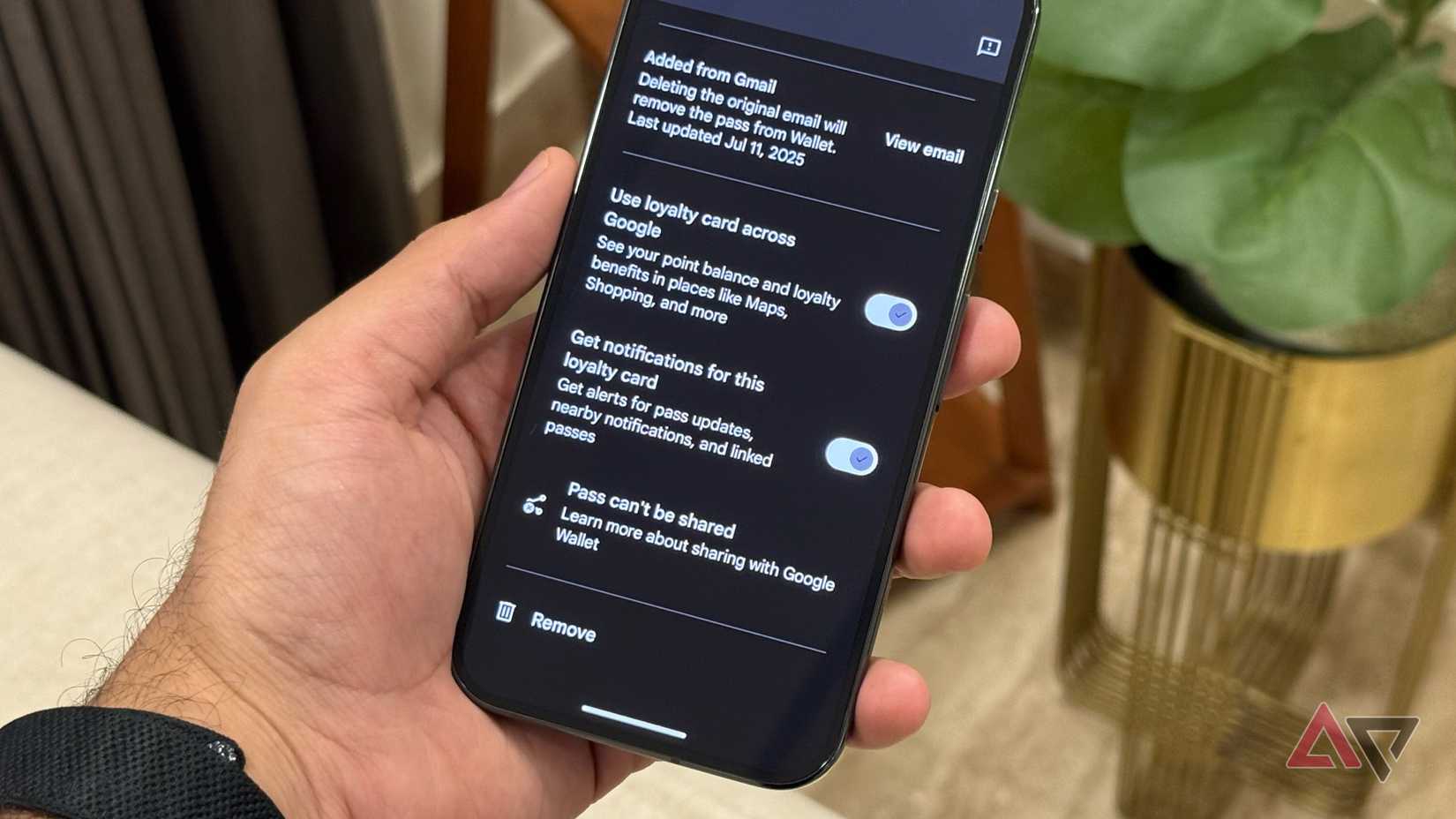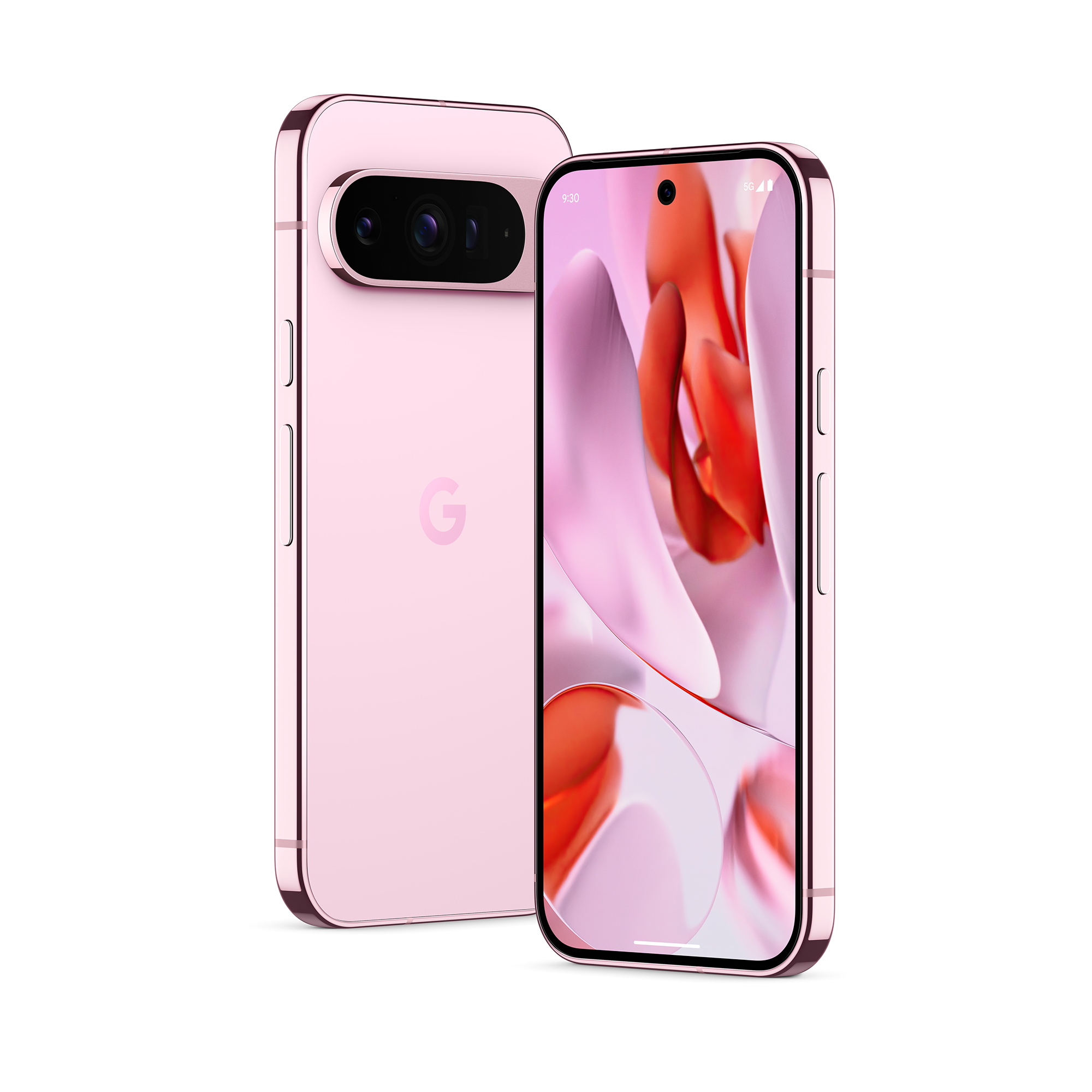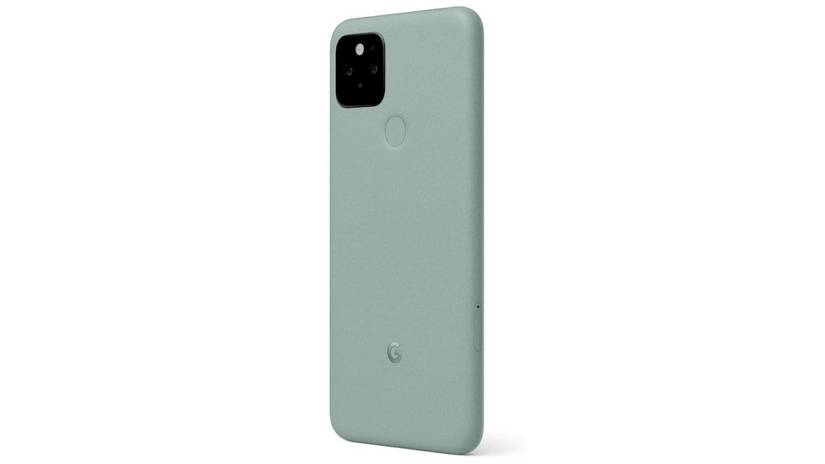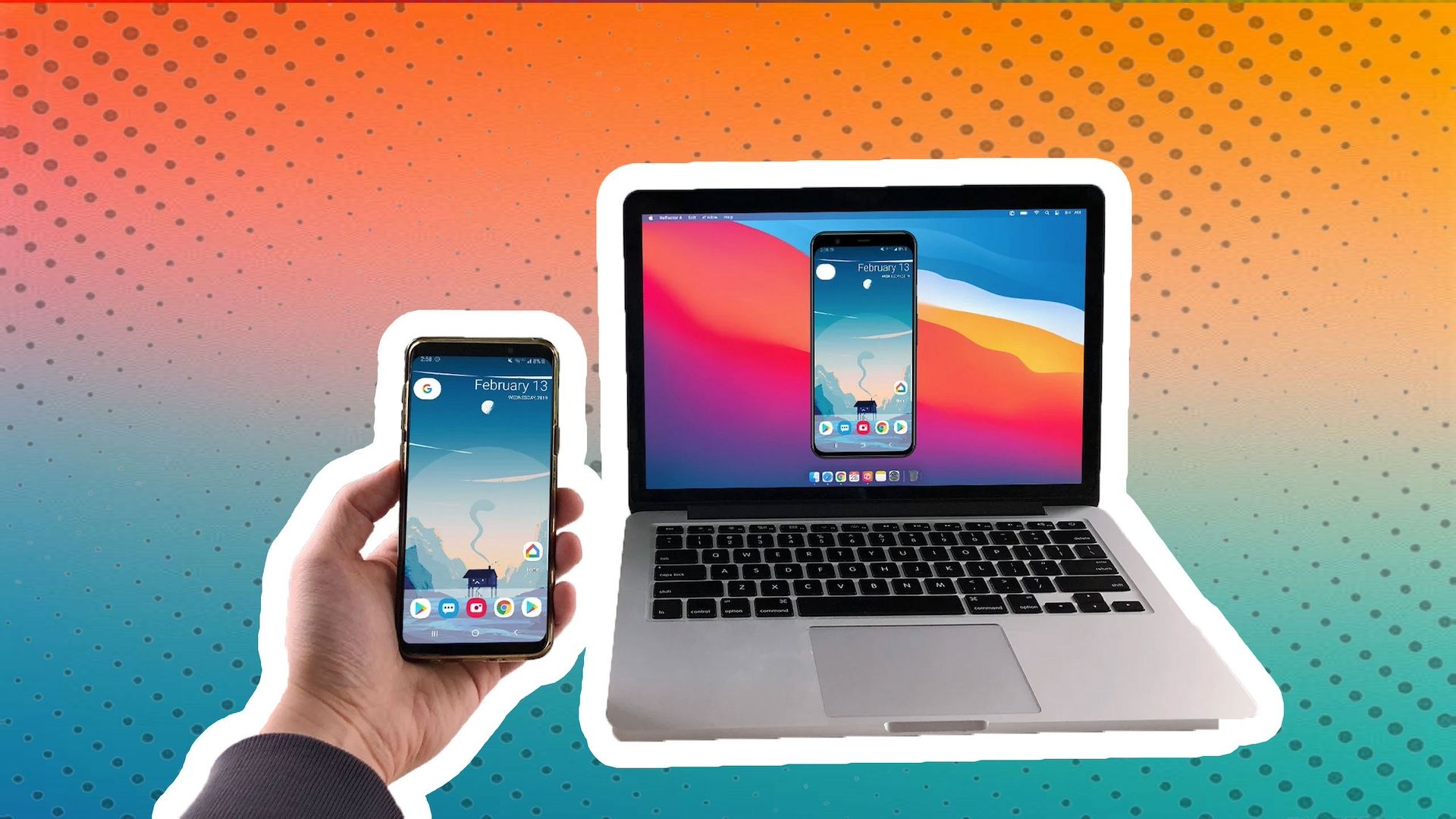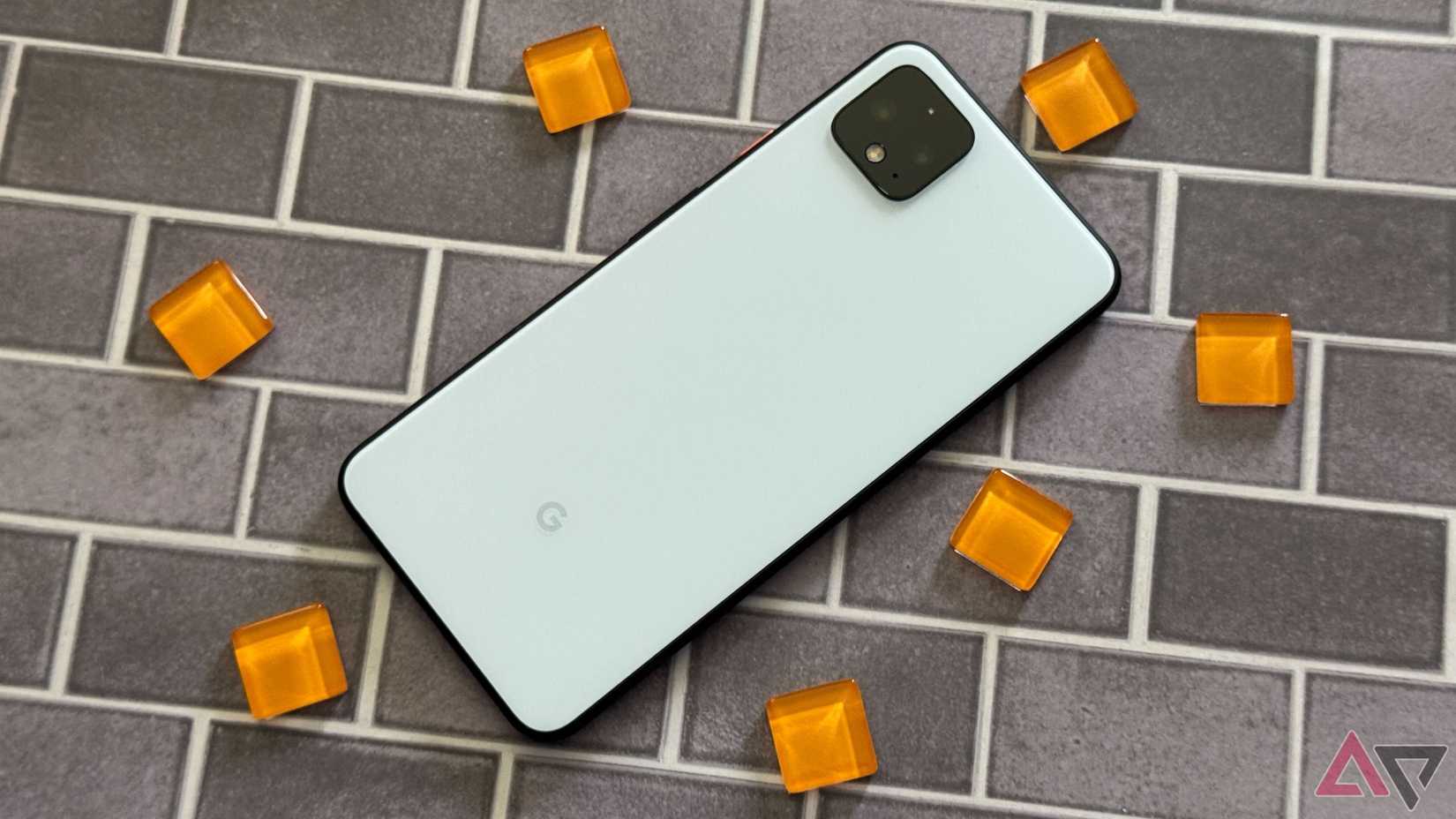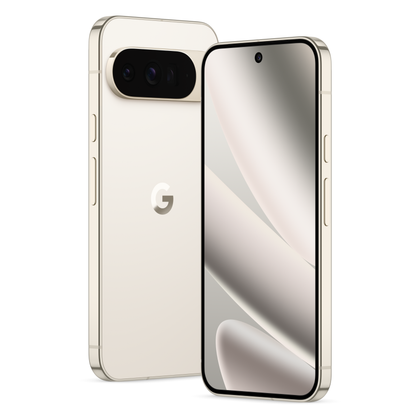Smartphones now ship with 12 GB, 16 GB, or even 24 GB of RAM, capacities once reserved for high-end PCs.
This raises a question. Do flagship Android phones need this much memory?
I’ll walk through how Android handles memory, what happens when your phone starts to run low, how virtual RAM fits in, and whether today’s flagship devices use it all during everyday tasks.
Why your phone’s RAM always looks full even when it’s not
Android follows the principle that free memory is wasted memory. The system tries to use all available RAM by caching recently used apps and data instead of leaving memory idle.
As a result, the RAM appears full even when you do not open all the apps. This is by design to maximize responsiveness.
Android manages memory with RAM and zRAM. RAM provides physical memory for active processes, while zRAM reserves part of RAM as compressed swap space.
When RAM fills, Android compresses less-used memory pages into zRAM. For example, 128 KB of data can be compressed to 64 KB in zRAM, freeing half the space.
This prevents app deaths and avoids writing to storage, which wears it out.
However, swap space is limited. OEMs set a fixed zRAM maximum, often only a few gigabytes.
If RAM and zRAM cannot meet memory demands, Android activates its Low Memory Killer (LMK). The system assigns a score to each process based on importance.
Under low-memory conditions, the kernel kills background and cached apps, starting with the least important, to free up RAM.
 Here’s what happens when your phone starts running low on RAM
Here’s what happens when your phone starts running low on RAM
Under RAM pressure, the system applies memory management strategies. When RAM is tight, the system uses the zRAM swap mentioned earlier.
This adds a performance cost because the system must decompress memory, using CPU time.
If you’ve ever noticed your phone lag when switching back to an app, that can be due to Android uncompressing.
In Android games, it can cause frame rate drops or hitching. When swap space fills, Android kills apps. This is why when you have many apps open, returning to an older app might result in a reload.
Another side effect of exhausted RAM is that some tasks might fail to start. However, this is less common as Android tries hard to avoid outright crashes.
The system usually prefers sacrificing a background app rather than letting a foreground app run out of memory and crash.
Most people don’t need all the RAM in flagship phones
Flagship phones ship with up to 24 GB of RAM today, but that doesn’t mean you’re using all of it.
For daily tasks like messaging, browsing (close those old Chrome tabs), and social media, 8 GB is plenty.
Unless you’re a heavy multitasker or gamer, going past 12GB of RAM won’t improve your phone’s performance noticeably.
Tests by Android Authority show that 12 GB of RAM kept over a dozen games, from casual titles to heavy ones like Genshin Impact, without killing any apps.
Again, on high-RAM phones, cached processes and disk buffers occupy a large portion of memory, but stats can mislead.
When needed, the system drops these caches immediately to free memory for critical tasks.
There are exceptions in some situations. Users who run Samsung DeX or multitask with split-screen, or gamers who like to swap between a game, Discord voice chat, and a browser, can use more than 12 GB.
Furthermore, video-editing apps temporarily consume large amounts of RAM to hold high-resolution images and clips.
Extra RAM headroom prevents these apps from closing other processes.
Another emerging factor is on-device AI models. Phones like Samsung’s Galaxy series or Google Pixel 9 series, which load machine learning and large language models into RAM to run locally, need more RAM.
Your comment has not been saved
- SoC
-
Google Tensor G4
- RAM
-
16GB
- Storage
-
128GB, 256GB, 512GB, or 1TB
- Battery
-
4,700mAh
The Pixel 9 Pro is a new addition to Google’s lineup, slotting in as a smaller premium flagship to pair with the Pixel 9 Pro XL. The latter is the direct successor to 2023’s Pixel 8 Pro despite its new XL moniker, whereas the Pixel 9 Pro brings a new form-factor to Google’s high-end offerings, sporting the same dimensions as the standard Pixel 9 model while packing all the AI and camera prowess we’ve grown accustomed to from Google’s Pro lineup.
Virtual RAM is a stopgap, not a replacement for real memory
Adding to the mix, manufacturers have started using features like Virtual RAM or RAM Plus that claim to extend your RAM by converting part of your storage into additional swap space.
Theoretically, this could prevent the phone from killing apps by paging more data out to storage.
However, the catch is that storage is much slower than actual RAM, and it’s better to turn off RAM Plus.
When Android starts using that slow storage as a swap, app switching becomes sluggish, and apps can even glitch or crash.
Another downside is memory wear. Writing intensively to your phone’s internal storage as if it were RAM will shorten its lifespan.
Flash cells have limited write cycles. It’s a cheap marketing trick.
Manufacturers ship phones with 6 GB of RAM and advertise +6 GB expansion as 12 GB, but these devices do not perform like models with true 12 GB of RAM.
If your needs require more RAM, buy a device with more physical memory.
So why do phones now have more RAM than laptops?
Different management philosophies. Desktop operating systems like Windows and macOS rely heavily on disk swap space, offloading RAM contents to storage when needed.
Thanks to faster SSDs, this process is relatively efficient. PCs use high-performance DDR4 or DDR5 RAM designed for speed and intensive workloads.
Combined with active cooling systems, these machines can gracefully handle memory pressure without performance drops.
On the other hand, Android was built around avoiding storage swaps, as mobile flash memory isn’t as fast or durable for constant swapping.
Moreover, since phones don’t have the space for active cooling, they rely on low-power RAM to preserve battery life.
To achieve a smooth PC-like multitasking experience, Android benefits from having more physical RAM to avoid reaching the point where it must kill apps.
Phones need more RAM to keep up with growing expectations
Our smartphones have become primary computing devices.
People expect to switch instantly between a game, video call, camera, and social feed.
They also expect phones to handle more background tasks concurrently, from constant messaging sync to fitness tracking to IoT device controls.
Asus ROG Phone 9 Pro
- SoC
-
Snapdragon 8 Elite
- RAM
-
16GB, 24GB
- Storage
-
512GB, 1TB
- Battery
-
5800mAh
The ROG Phone 9 Pro takes everything great about the ROG Phone 9 and turns it up a notch. It still has the same powerful Snapdragon 8 Elite processor, but it packs in more RAM and doubles the storage space, adding up to one of the most performant phones on the market.
Applications have also grown in size and complexity.
AI‑based image processing, live captioning, and AR games consume large amounts of memory.
High-resolution cameras create large images that the camera app must handle in memory. Editing a 1080 MP photo or recording 4K video with live effects requires significant RAM.
As mentioned, from 2023, we saw the rise of on-device AI.
For example, Google’s Gemini Nano and Samsung’s Galaxy AI features load neural networks into RAM for speed.
This pushes phone makers to equip more RAM, so these advanced features run without hiccups.
Finally, we can’t ignore the marketing element.
In the competitive smartphone market, having the biggest numbers is a bragging right.
24GB RAM on a spec sheet or in ads sounds impressive and easily one-ups a competitor with 12GB, even if the practical difference is minor for most users.
Chinese manufacturers and gaming phone brands exemplify this trend. Asus’s ROG Phone series and Xiaomi’s gaming models offer versions with 18 GB or 20 GB of RAM.
These devices exceed gaming requirements to claim the title of most powerful phone.
Bigger RAM numbers help, but they’re not always necessary
Having more RAM on your phone than your laptop isn’t overkill.
Android’s memory model, rising multitasking, and AI demands justify more phone RAM. Around 12GB hits the sweet spot for most users. It offers solid performance today and breathing room for future features.
Go beyond that, and unless you’re pushing your phone hard, you’re mostly paying for bragging rights.
Android does a decent job managing memory when it gets tight, but don’t count on virtual RAM to bail you out. It’s no match for the real thing.



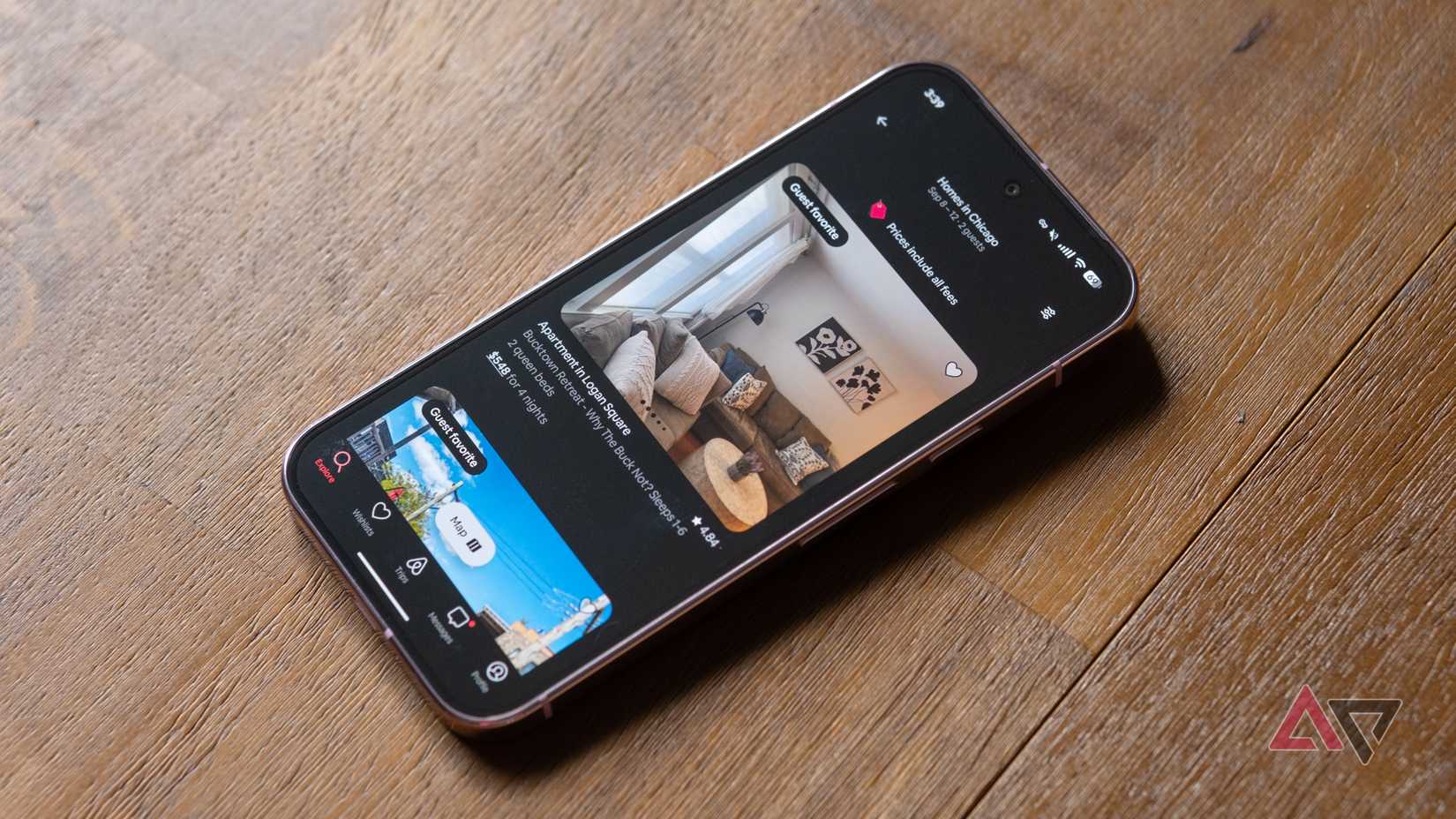
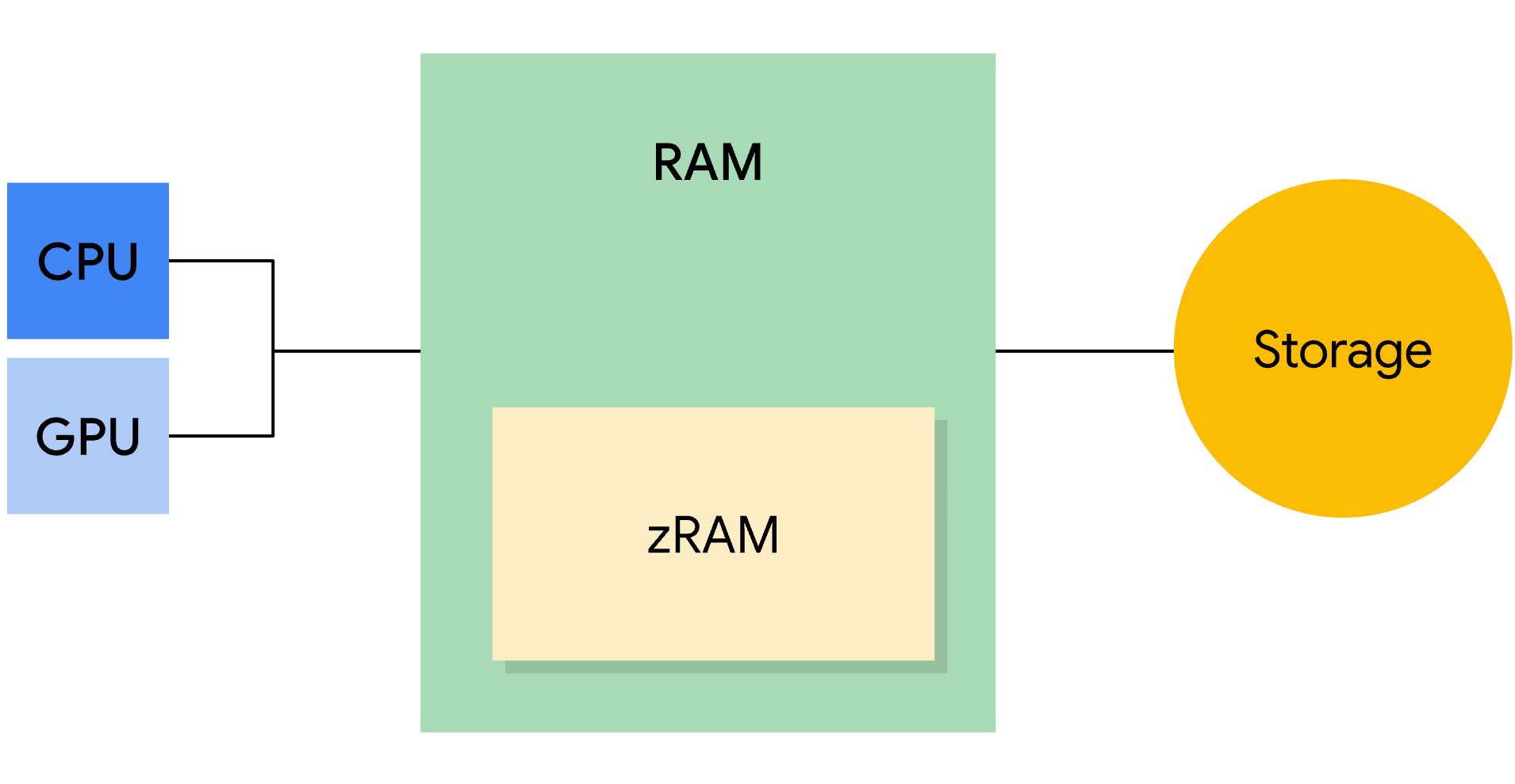 Here’s what happens when your phone starts running low on RAM
Here’s what happens when your phone starts running low on RAM